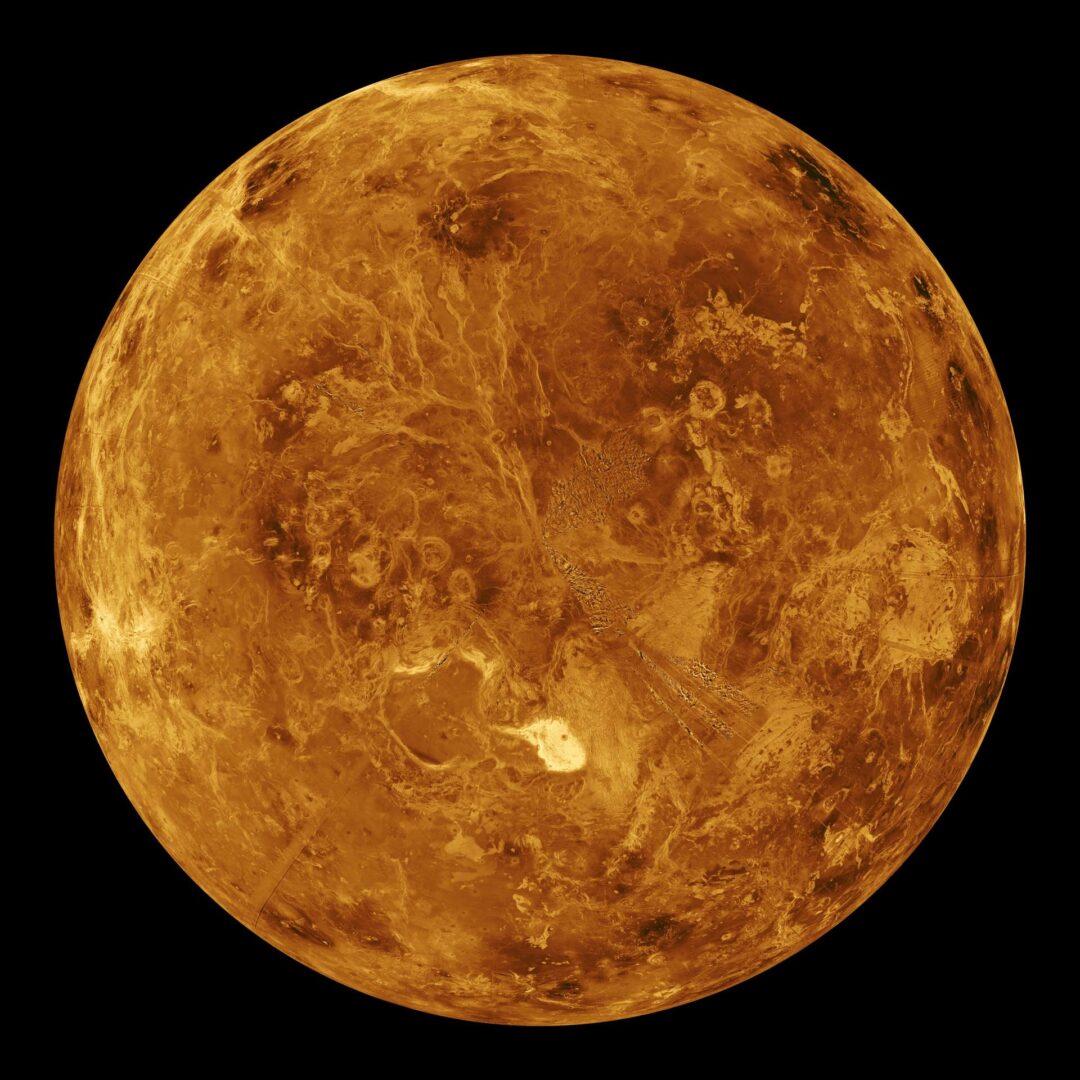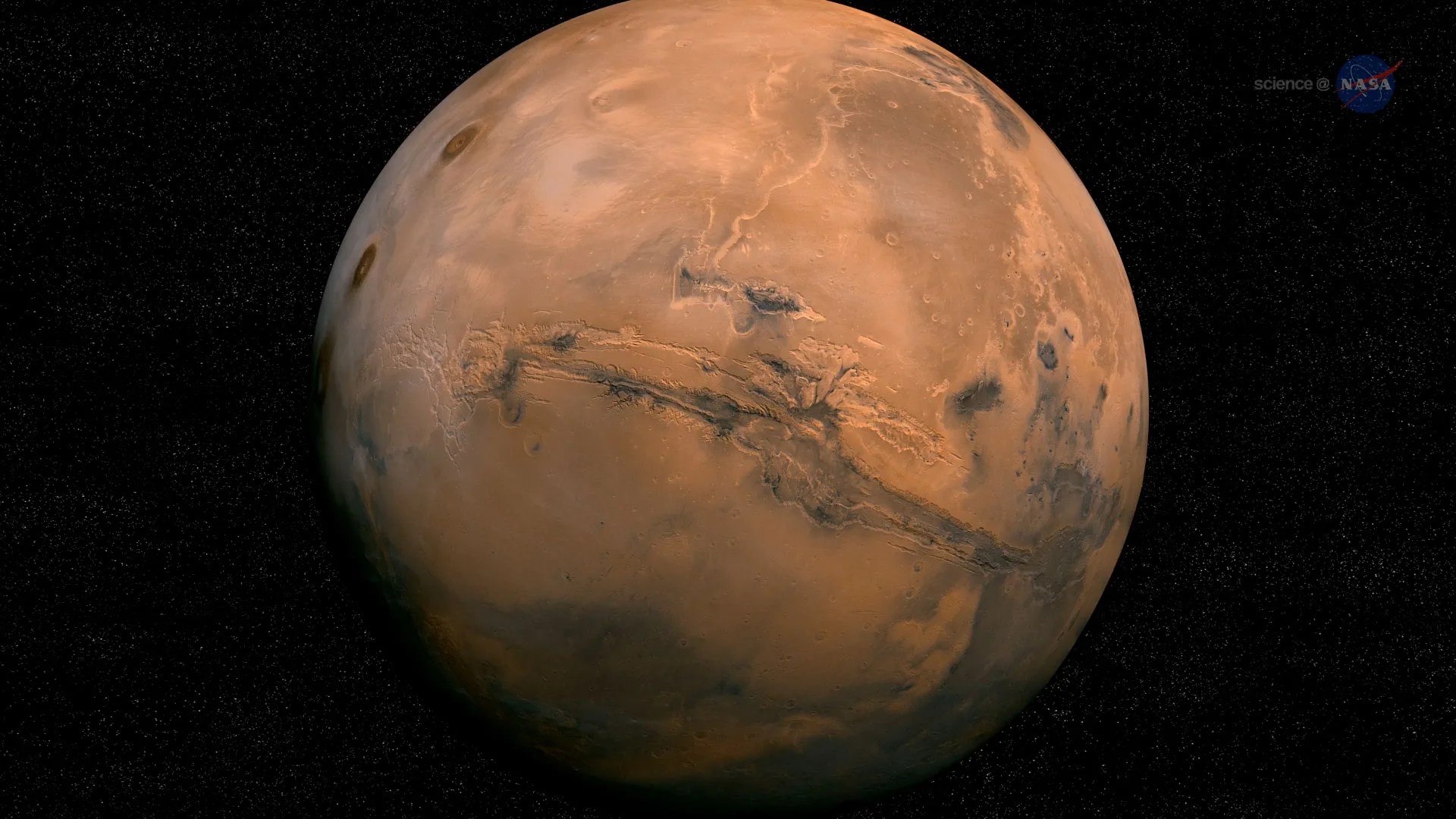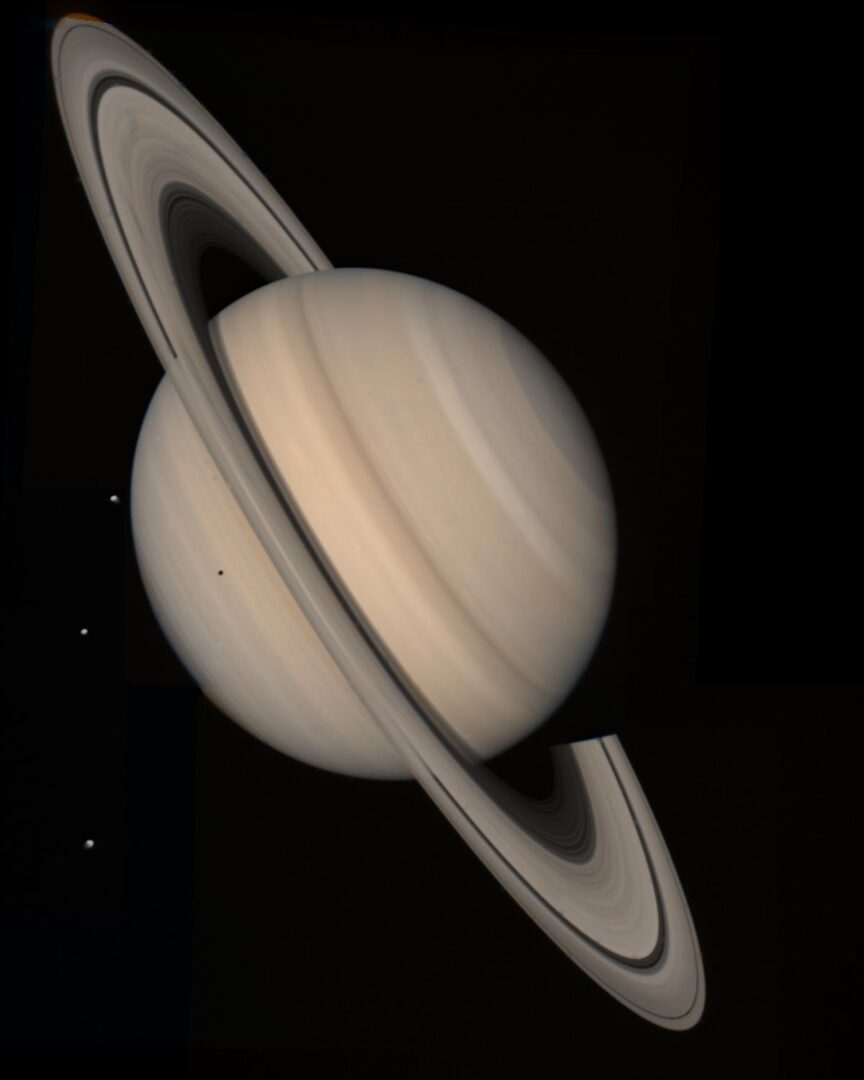
Celestial Sizzle? Burning Through The “All Planets Are Warming” Myth
Are All Planets Warming?
Nope—that’s not true! The notion that “all planets are warming” is a myth. Here’s what scientists actually know about the planets in our solar system:
Mercury, Too Hot and Too Cold!
OK, how can that be?
Mercury is super close to the Sun and doesn’t really have an atmosphere. That means it doesn’t have a climate like Earth’s. Even though a year on Mercury lasts only 88 Earth days, its day is super long—176 Earth days! Also, since it hardly tilts on its axis (only about 2°), it doesn’t have real seasons like we do. Believe it or not, temperatures can reach up to 800°F (430°C)! Scientists have no evidence that Mercury is warming.
Venus, the Sulfurous Inferno

Venus is extremely hot—about 880°F, which is hot enough to melt lead! That’s because its thick atmosphere is made mostly of carbon dioxide (CO₂). A long time ago, a super-strong greenhouse effect made Venus’s surface even hotter by trapping heat. It’s so hot and thick now that life, as we know it, can’t survive there. Venus also barely tilts (about 3°), so it doesn’t really have seasons either. So, are all planets warming? Venus isn’t talking!
Mars, The Dusty, Rusty Rock Star

Mars does have some climate changes, but not like Earth’s. Its orbit is more oval-shaped (eccentric), and that affects its temperature more than Earth’s orbit affects ours—about 5 times more! Mars doesn’t have oceans to help even out temperatures, and huge dust storms can temporarily change how much sunlight the planet reflects. Mars has a thin CO₂ atmosphere, but it’s not strong enough to trap heat like Earth’s. For example, if you stood on the Martian equator at noon, your feet might feel like summer (70°F), while your head could feel like winter (32°F)!
Mars also goes through ice ages because its tilt changes over millions of years. Sometimes the poles melt and mid-areas get more ice, and sometimes it’s the other way around. So while Mars has a changing climate, it’s mostly because of long-term natural cycles—not “warming” like on Earth.
Jupiter, The Largest and Oldest Planet
Here’s another nail in the “all planets are warming” is a myth.
Jupiter is a gas giant (no solid surface) and gets only 4% of the sunlight Earth gets. But strangely, it gives off twice as much heat as it gets from the Sun! That heat comes from inside the planet. Since temperatures on Jupiter don’t vary much between the poles and the equator, its climate is more about what’s happening inside the planet than from the Sun. Jupiter spins fast—just 10 hours per day—but takes 12 Earth years to go around the Sun. Scientists would need at least 360 Earth years to even start understanding its climate! Once again, there’s no evidence that all planets are warming!
Saturn, The Solar System’s Superstar with Style!

Saturn is the show-off of the planets. Why? Because it has the most amazing, jaw-dropping rings you’ll ever see! These rings aren’t solid, though—they’re made of ice chunks, rock bits, and space dust, all swirling around like cosmic glitter.
Saturn is another gas giant. It takes 30 Earth years to orbit the Sun, so we’ve only watched a little more than one Saturn “year.” It spins fast (a day is about 10.7 Earth hours) and tilts like Earth (26°), so it does have seasons—but not like ours, since it has no solid ground. To understand Saturn’s climate well, scientists would need over 870 Earth years of data!
Uranus, The Cool, Tilted Oddball of The Solar System
Uranus isn’t just any planet—it’s the weird cousin in the family of planets, and proud of it! First off, it’s got that bluish-green color that makes it look like a giant minty jawbreaker floating in space. That color comes from methane gas in its atmosphere, which absorbs red light and reflects blue.
But the wildest thing? Uranus rolls around the Sun on its side! Yep, instead of spinning like a top like most planets, Uranus spins like a barrel. Scientists think it got knocked over by a giant space crash long ago, and it’s just been chill about it ever since.
Uranus takes 84 Earth years to orbit the Sun. Its seasons are super extreme because it’s tilted nearly on its side (98°)! Like the other gas giants, it spins quickly (17 Earth hours), but again, it has no surface to measure climate like on Earth. To really understand how Uranus’s climate works, scientists would need over 2,500 Earth years of observations! The last blow in the myth that all planets are warming!
Bottom Line:
The idea that all planets are warming isn’t true. Some don’t have real climates. Others are affected more by their orbits, dust storms, or heat from inside the planet. Earth is unique in the way its climate is changing quickly due to human-made pollution—especially the rise of greenhouse gases like carbon dioxide.
That’s why scientists focus on Earth’s climate so closely. It’s our home, and it’s the one place where we know life exists.
Explore our solar system with NASA!
Curious for more clarity? Click here to dig deeper.





